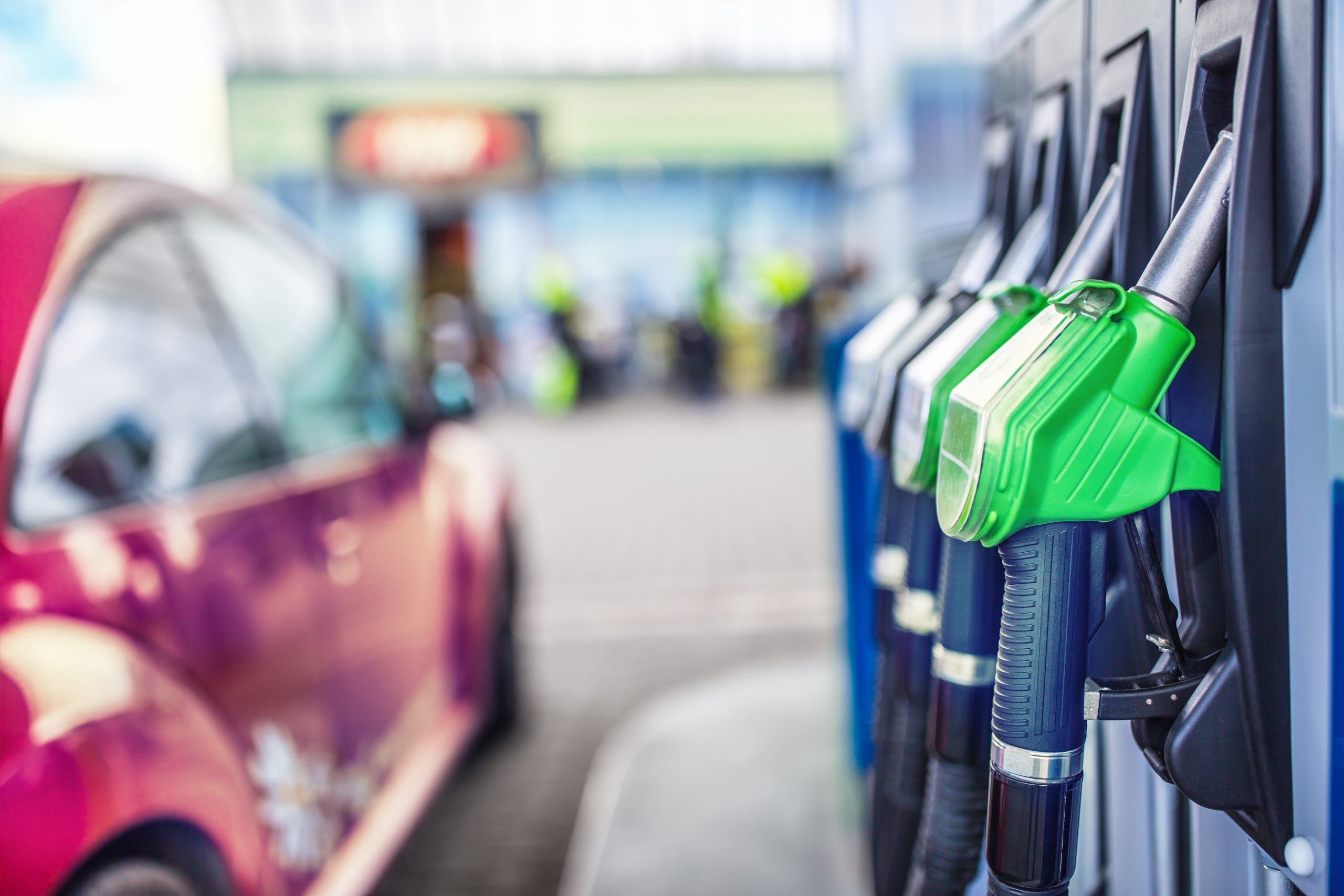Household Bills
Greater fuel price transparency pledge for drivers

The government said it will explore an ‘open data scheme’ to potentially increase fuel price transparency for drivers, following concerns over soaring forecourt costs. It comes as the gap between the cost of petrol and diesel stands at its highest ever level of 20p.
Currently in the UK, there is the Consumer Council for Northern Ireland which provides a fuel price checker, and drivers can use comparison websites such as Confused and GoCompare, as well as petrolprices.com which shows the nearest petrol station as well as price so drivers can compare petrol and diesel prices in their local area.
But the Competition and Markets Authority (CMA) said accessing this data can be costly, and there are some limitations in the coverage of the dataset.
As such, it recommended that the Department for Business, Energy and Industrial Strategy (BEIS) consider an ‘open data scheme’ through which individual forecourt prices are collected and made freely available.
It pointed to international examples, such as the German Transparency Unit which allows drivers to see the availability of cheaper fuel and the savings they could make in real time, as well as the Austrian Energy Regulator, which makes prices available to customers via a free internet tool.
In BEIS’ response to the recommendation, it said an open data scheme “could have the potential to increase transparency around fuel prices and be a pro-consumer measure”.
As such, BEIS will “commit to swift further work and analysis to assess the feasibility of this recommendation [open data scheme], including timescales for implementation, and whether any such scheme would be likely to have a notable impact on fuel price transparency”.
It comes following the CMA’s urgent review of the fuel market as prices soared off the back of the Ukraine war, and amid concerns over local variations and whether the 5p cut to fuel duty was passed on to drivers.
RAC fuel spokesperson, Simon Williams, said: “It is encouraging the government is talking about an ‘open data scheme’ particularly if it makes it easy for drivers to compare local fuel prices so they can always find the best places to fill up.
“Hopefully this would also lead to more custom for the lowest priced retailers and incentivise others to price more competitively.
“There is, of course, the danger that retailers will just ‘price match’ one another at levels that still don’t fairly reflect wholesale prices.”
Motorway pricing
The CMA also recommended the government look at motorway pricing so there is better information about prices, including at nearby off-motorway petrol stations “to help consumers make better decisions about whether and where to buy”.
The CMA said that while some drivers may be willing to pay more for the convenience of motorway roadside refuelling, drivers need to have more information to make this decision.
It suggested mandatory price posting of alternative forecourt prices on large electronic signs, such as those seen along Italian highway systems.
However, a trial on a stretch of the M5 back in 2016/17 “was not found to have increased price competition and price transparency”.
The government said: “Whilst we acknowledge that provision of more information to motorway users about fuel prices could, in principle, be a tool to increase fuel price transparency, further work and analysis is needed to assess the merits of this recommendation and whether this would be likely to have a notable impact on fuel price transparency. Consideration will need to be given to a variety of factors including traffic, road safety, environmental, cost and legislative options.”
Gap in cost between petrol and diesel at record high
RAC Fuel Watch data today revealed the gap between the average price of petrol and diesel has surpassed 20p a litre for the first time ever.
As of Wednesday, drivers were paying an average of 163.13p for unleaded while diesel had climbed to nearly 184p (183.94p) – a difference of 20.35p a litre.
Williams added: “Since OPEC and its allies agreed to reduce oil supply substantially we’ve seen the price of wholesale diesel go up by 9p a litre and petrol by 4p a litre. This has led to the average price of diesel going up by almost 4p a litre and petrol by nearly a penny.
“Sadly for diesel drivers, the situation seems certain to get worse with prices heading back to 190p a litre which will add £3 to the cost of a tank (£104.5).”